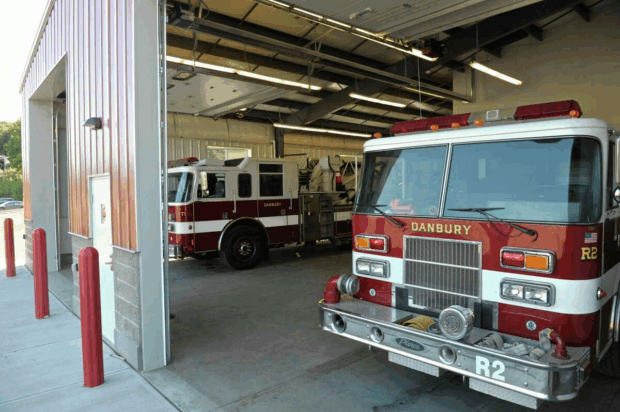Embracing Diversity: How Inclusive Workplaces Enhance Occupational Health and Safety. In today’s rapidly evolving workplaces, fostering diversity and promoting inclusion have become paramount not only for organizational success but also for ensuring the health and safety of all employees. As businesses recognize the intrinsic value of diverse perspectives and experiences, they are increasingly integrating diversity and inclusion initiatives into their occupational health and safety practices.
Unique Challenges Across Demographic Groups
Diverse workforces encompass individuals from various backgrounds, including different races, ethnicities, genders, ages, abilities, and sexual orientations. Each demographic group may face distinct safety challenges due to factors such as cultural differences, language barriers, or physical limitations. Embracing Diversity: How Inclusive Workplaces Enhance Occupational Health and Safety.
For instance, research has shown that certain ethnic minorities may be disproportionately exposed to hazardous working conditions or may hesitate to report safety concerns due to fear of retaliation or discrimination. Similarly, individuals with disabilities may encounter barriers in accessing safety equipment or navigating work environments not designed with their needs in mind.
Moreover, gender disparities persist in many industries, with women often facing specific safety risks related to ergonomics, workplace violence, or inadequate personal protective equipment. Additionally, LGBTQ+ employees may encounter discrimination or harassment that undermines their sense of safety and well-being on the job.
The Importance of Inclusive Safety Training and Policies
To address these challenges effectively, organizations must prioritize inclusive safety training and develop policies that accommodate the needs of all employees. By creating a culture of inclusivity, companies can foster trust, respect, and collaboration among workers, thereby enhancing overall safety outcomes.
Inclusive safety training programs should be tailored to accommodate diverse learning styles, languages, and cultural backgrounds. They should also incorporate relevant examples and case studies that reflect the experiences of different demographic groups. Additionally, providing opportunities for employee feedback and participation in safety decision-making processes can empower individuals to contribute their unique insights and expertise.
Furthermore, inclusive safety policies should be comprehensive, equitable, and transparent. They should explicitly prohibit discrimination, harassment, and retaliation and provide clear procedures for reporting safety concerns without fear of reprisal. Additionally, organizations should implement accommodations and accessibility measures to ensure that all employees can participate fully in safety protocols and emergency procedures.
The Benefits of Diversity and Inclusion in Workplace Safety
By embracing diversity and fostering an inclusive environment, organizations stand to reap numerous benefits in terms of occupational health and safety. Research has consistently shown that diverse teams are more innovative, adaptable, and resilient, leading to better problem-solving and decision-making regarding safety issues.
Moreover, inclusive workplaces tend to have higher levels of employee engagement, satisfaction, and retention, which can translate into improved safety performance and reduced turnover costs. When employees feel valued, respected, and supported, they are more likely to actively participate in safety initiatives, adhere to protocols, and look out for one another’s well-being.
Ultimately, promoting diversity and inclusion in workplace safety is not only a moral imperative but also a strategic imperative for businesses seeking to create safer, healthier, and more productive work environments for all. By harnessing the collective strength of their diverse workforce, organizations can achieve greater success in achieving their safety goals and fostering a culture of care and accountability.
In conclusion, the journey toward better occupational health and safety outcomes begins with recognizing and embracing the rich diversity of perspectives and experiences within the workforce. By championing inclusivity and equity in safety practices, organizations can build stronger, safer, and more resilient workplaces for everyone.










